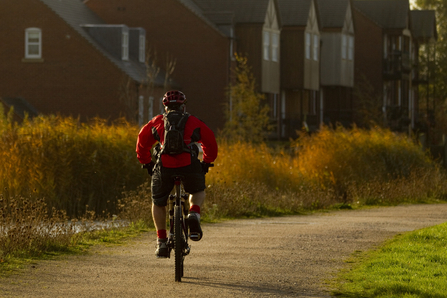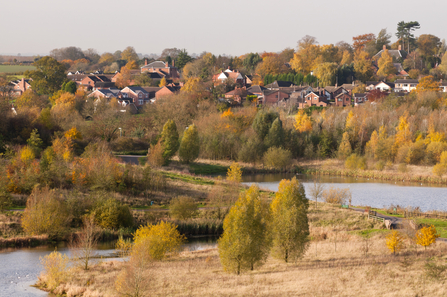With the recent changes to planning policy, the Labour government is attempting to deliver a mammoth project of 1.5 million homes, a number far higher than what the conservative government built.
In the 2019 Conservative manifesto, the Tories pledged to build at least 1 million new homes over the following parliament and 300,000 new homes per year by the mid-2020s.
Prior to the election in July, Rishi Sunak stated – perhaps conveniently – that the Conservative government had delivered almost record numbers of houses each year for the previous three years. In 2022 under the Conservative government, 178,010 houses were built, which indeed was the highest figure since the late 1980s.
The number of houses built per year still falls far below the yearly target of 300,000 net new homes. This is where unclarified statistics can be misleading. The 300,000 figure accounts for net new homes which includes conversions of other buildings into new dwellings. However, even when using this net dwelling metric, according to government official statistics on housing supply, annual supply over the previous financial year totalled 221,070, a decrease of 6% on 2022-23 and indeed a number far below the 300,000 targets. Despite Rishi Sunak’s optimism the Conservative government fell short both of delivering adequate housing supply and delivering for nature.
As Labour pushes forward with their ambitious plan to deliver 1.5 million new homes over the next parliament several questions are spawned:
- Given the practical, planning and physical constraints of development, will Labour be able to deliver where no government has since the 1950s?
- Can the government stay within its carbon budget whilst doing so?
- And will there be a positive contribution to nature's recovery?
Matthew Pennycook, Minister of State (Housing, Communities and Local Government), and Angela Rayner, Secretary of State for Housing, Communities and Local Government, certainly believe the answer is a resounding ‘yes’ to all three.
Despite, as Pennycook put it, the “assault on housing planning” brought in by the previous government, Rayner has confirmed that the government will be able to both deliver housing and protect wildlife – it is not either or - “we can do both”.



